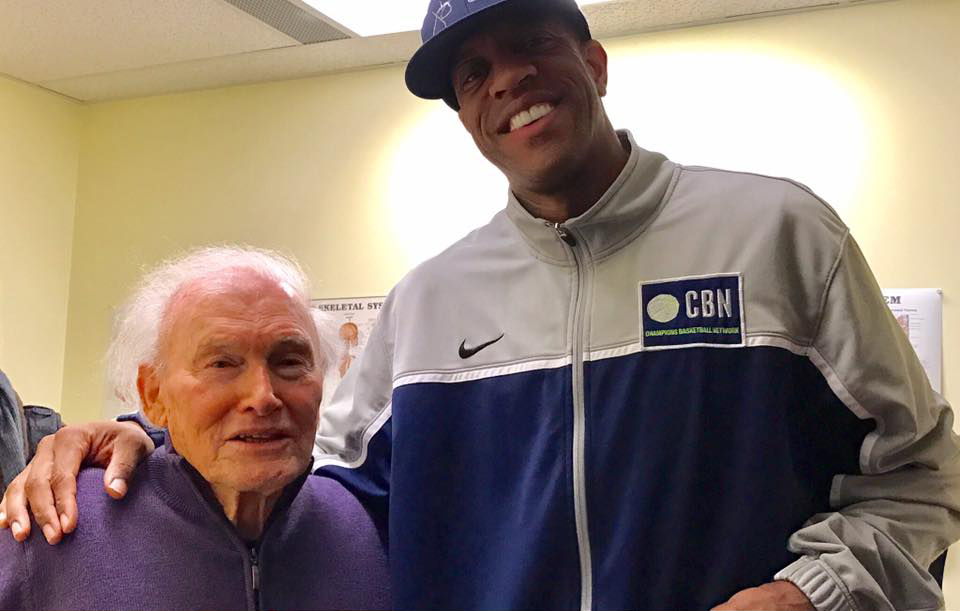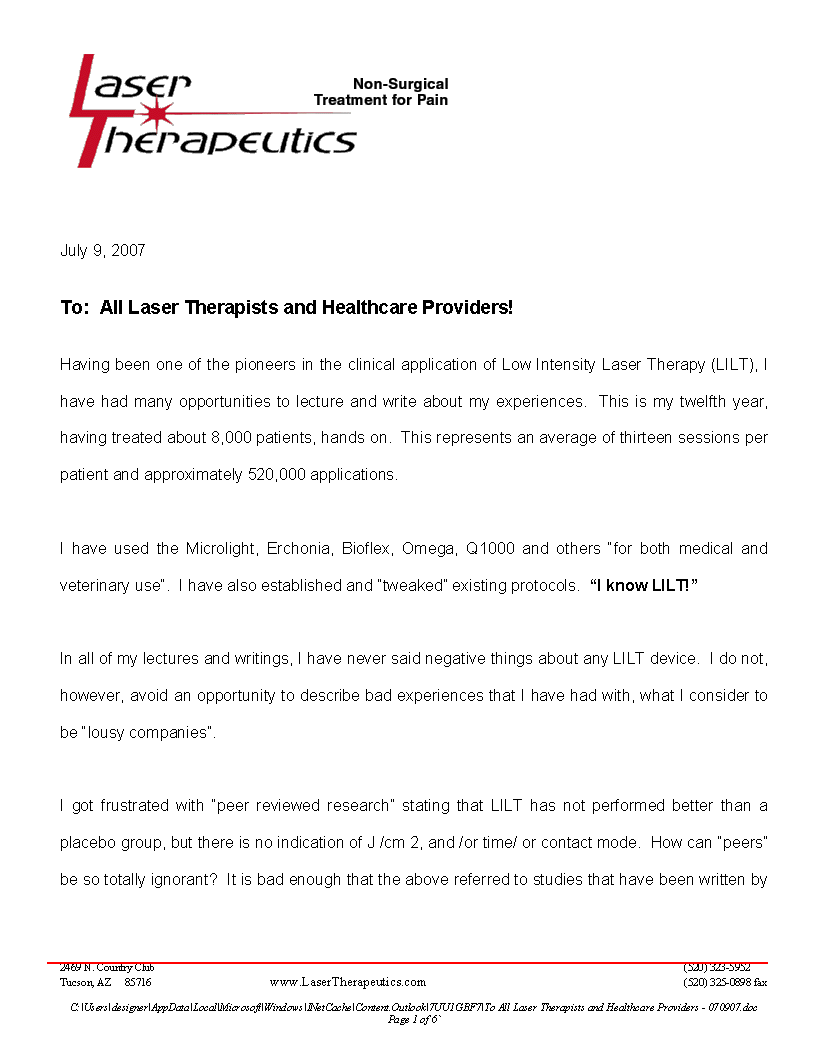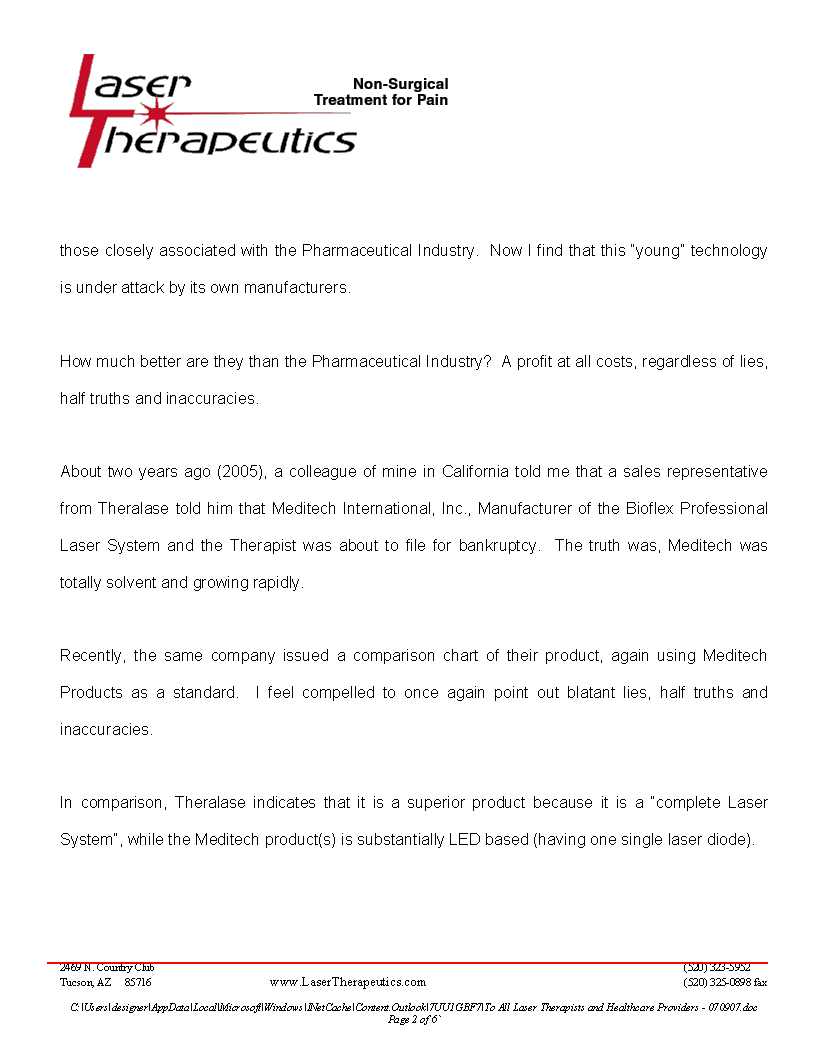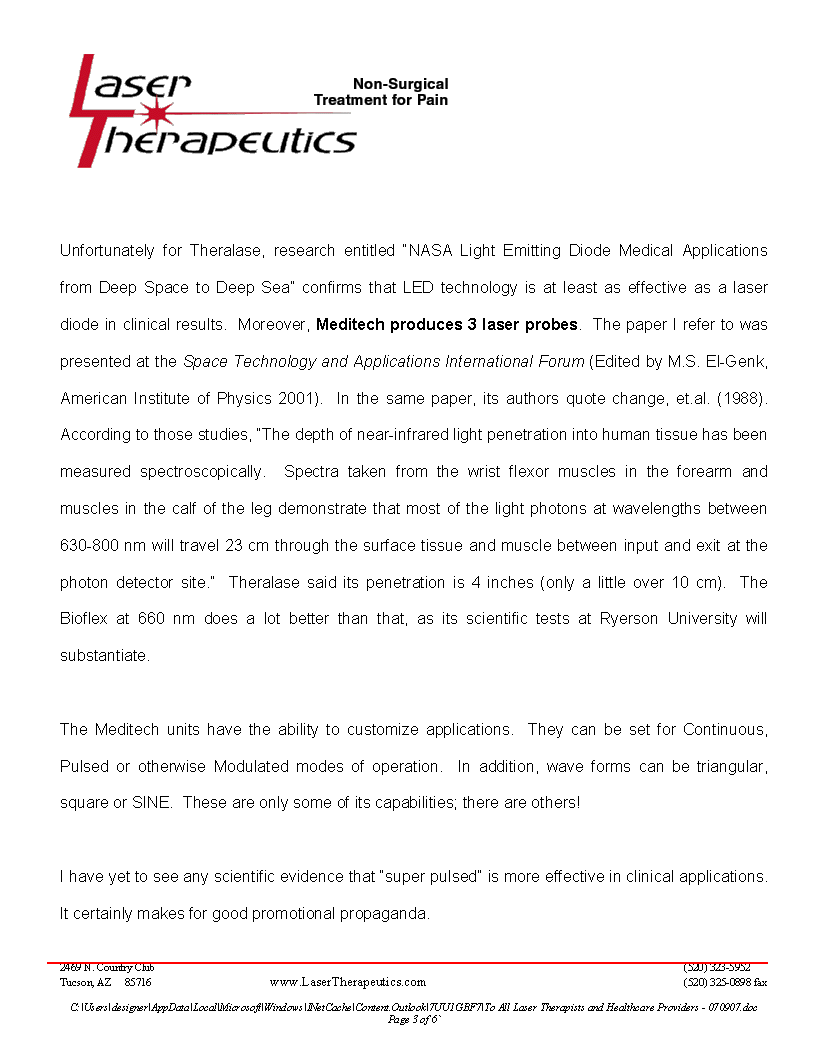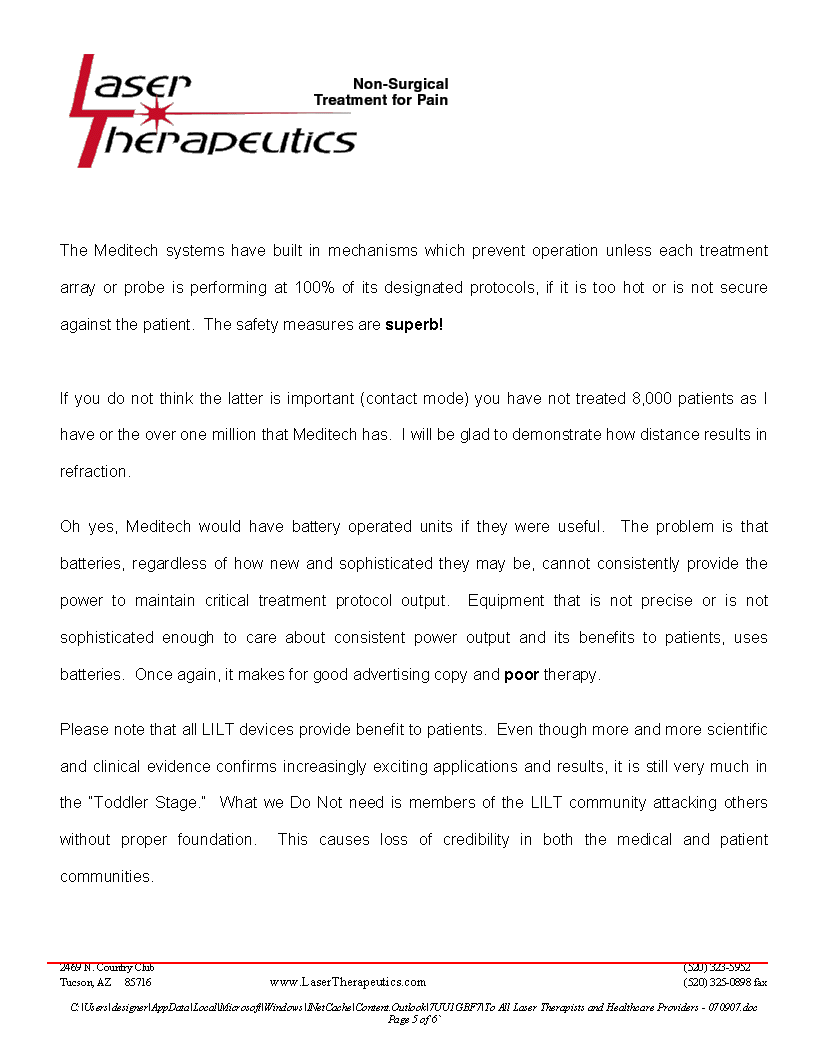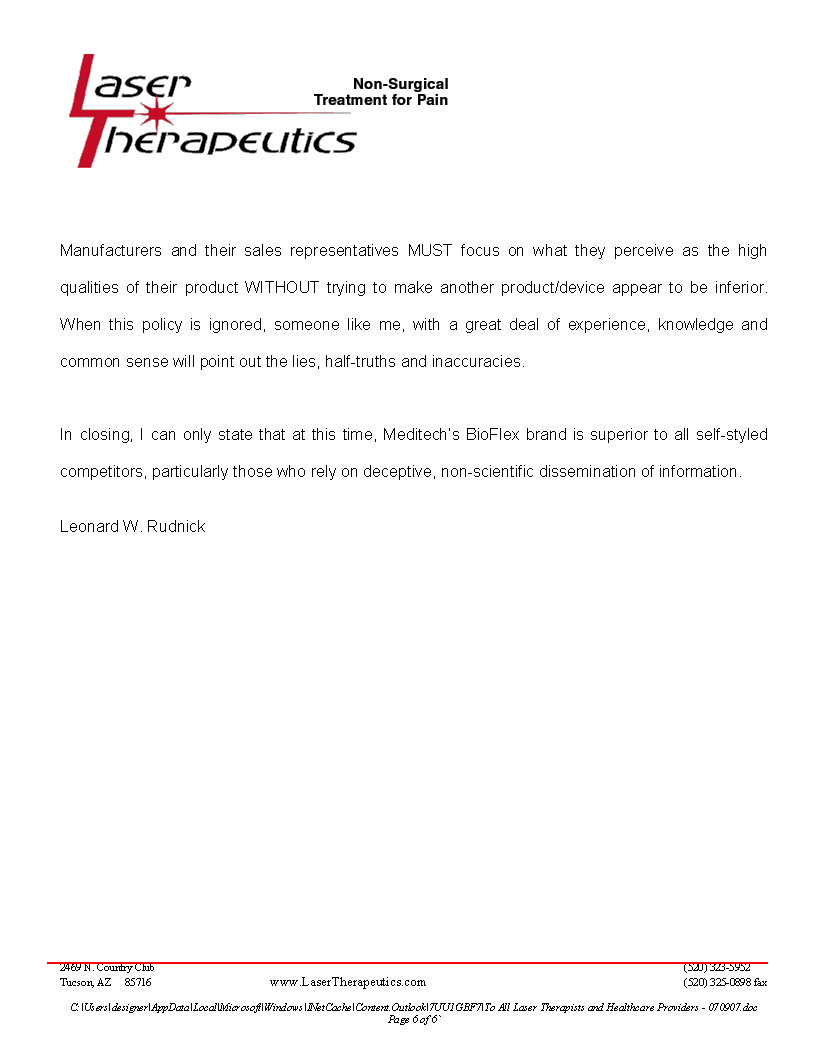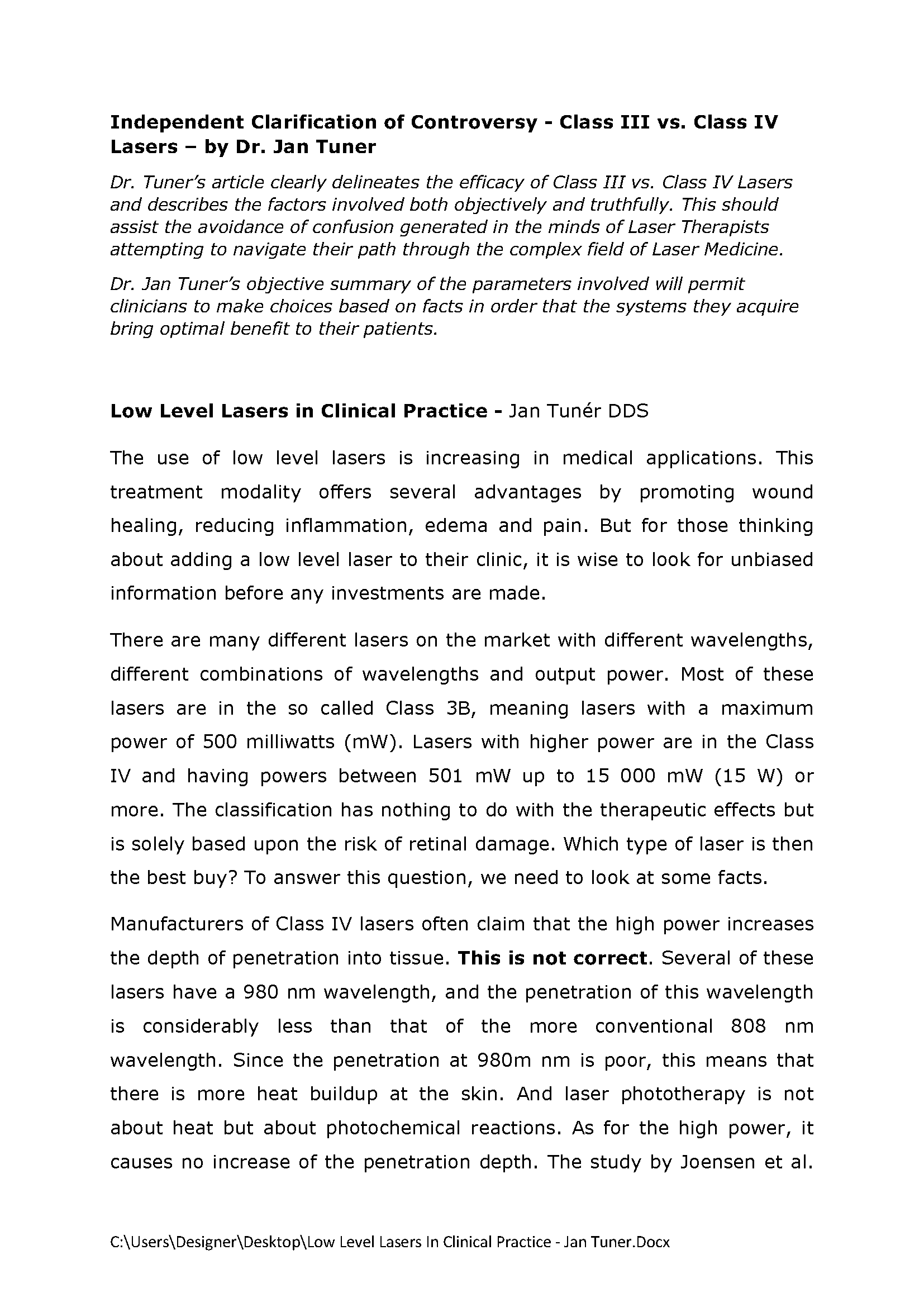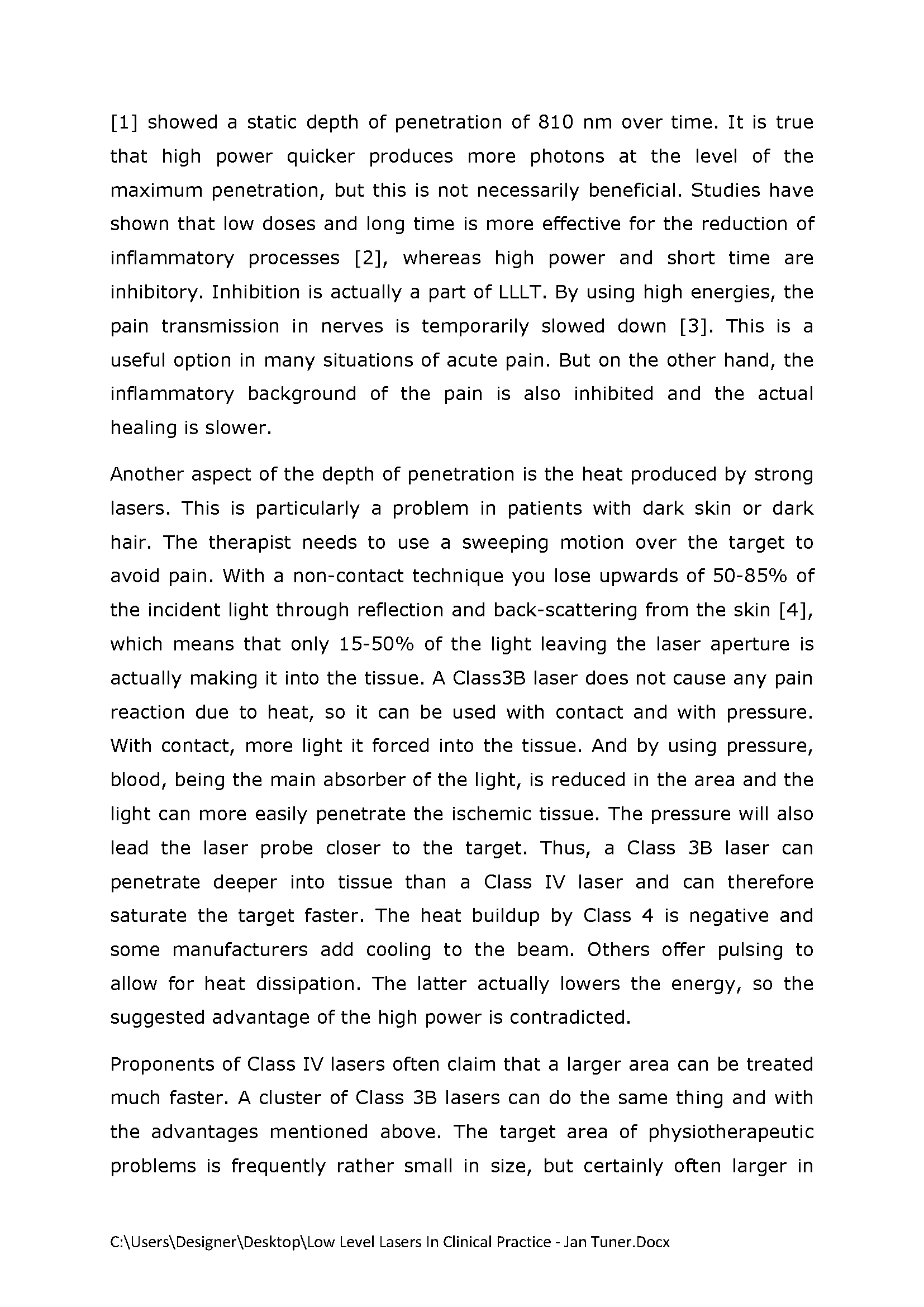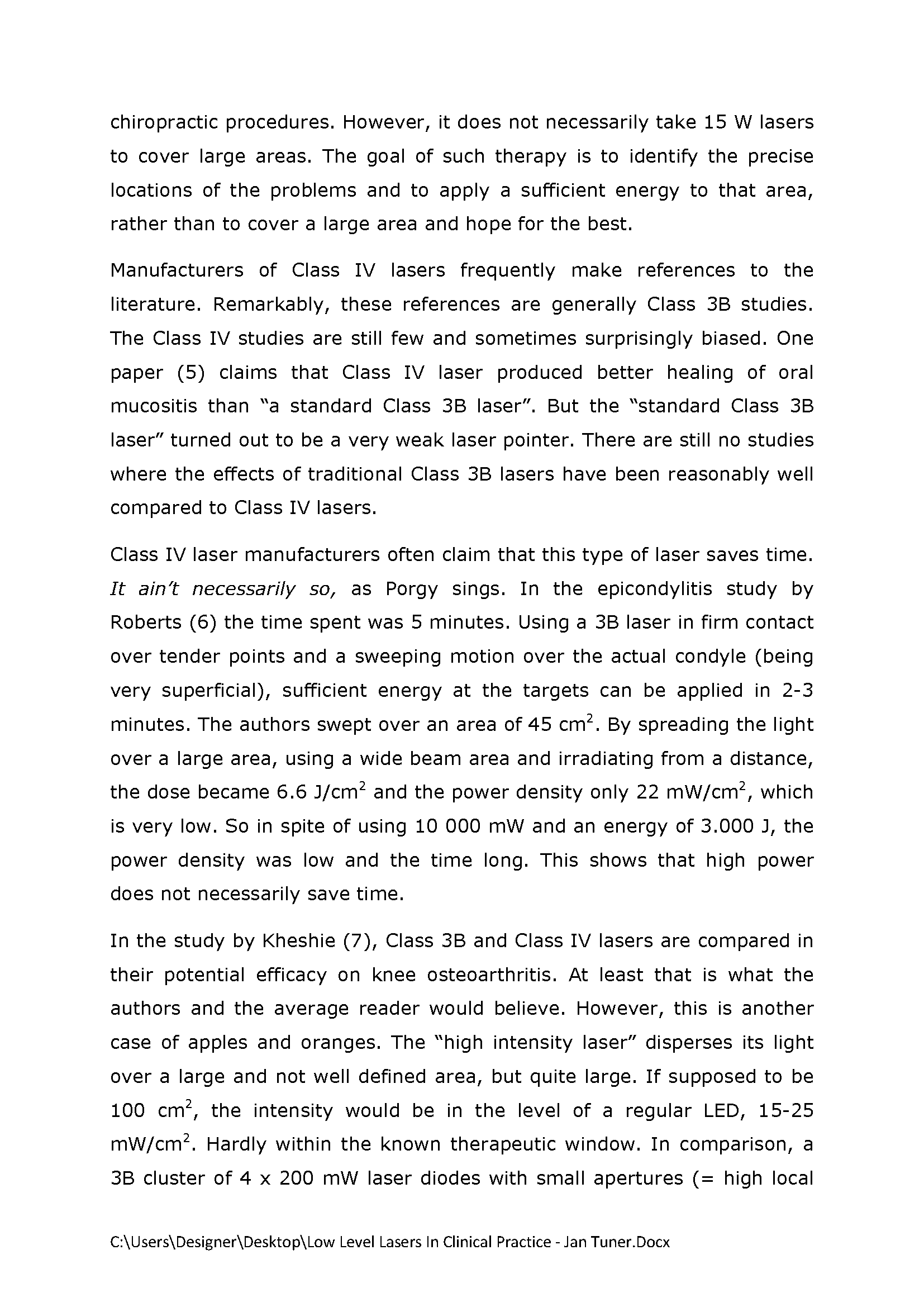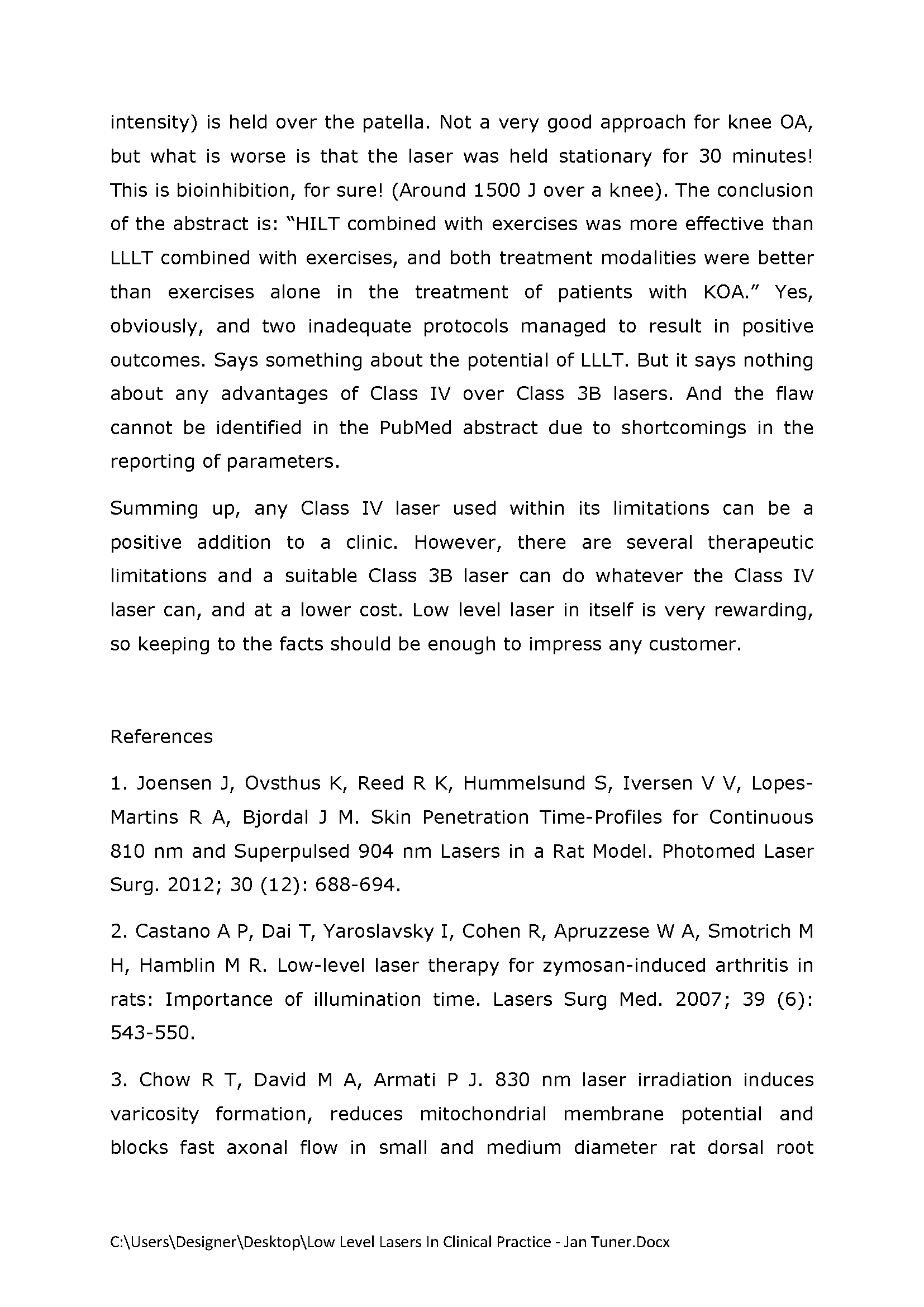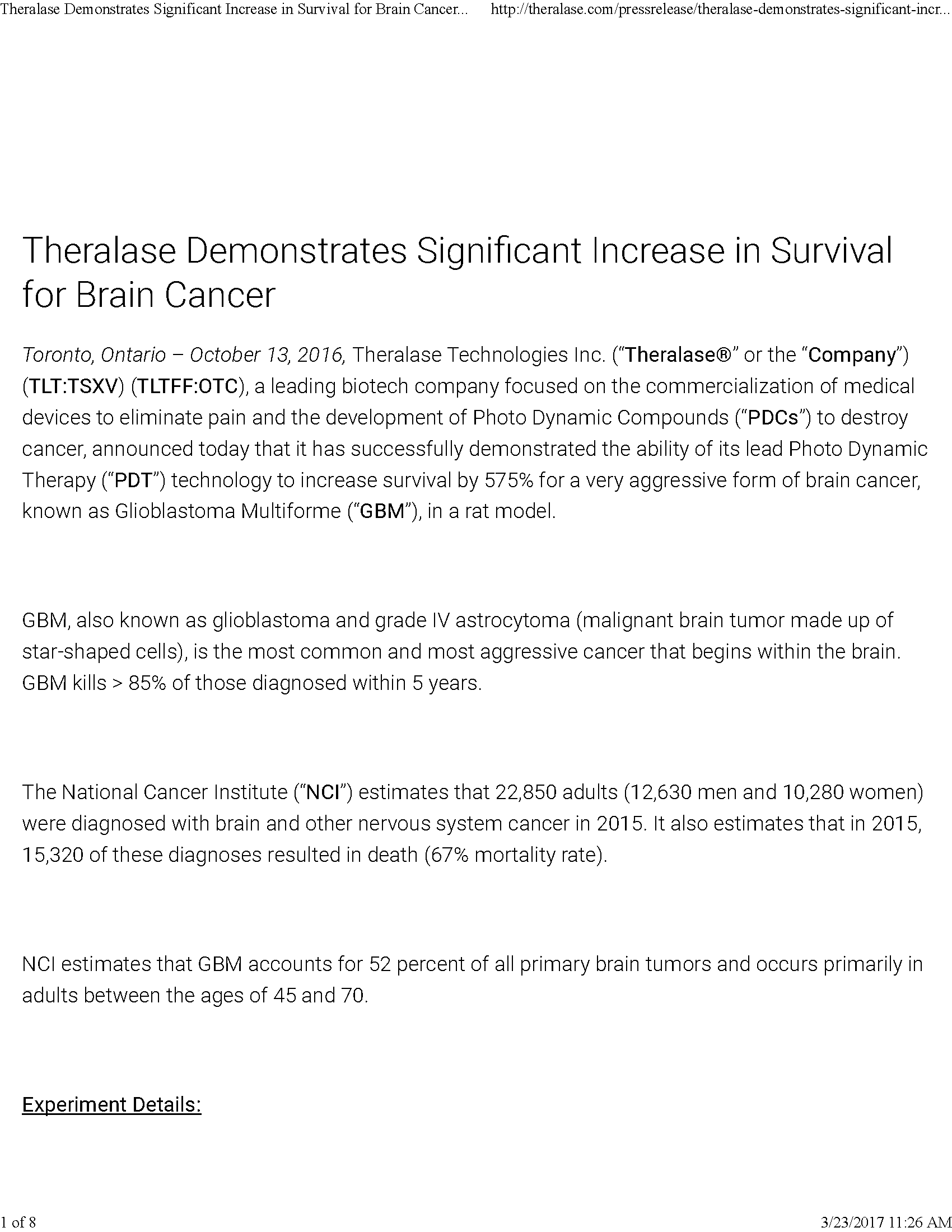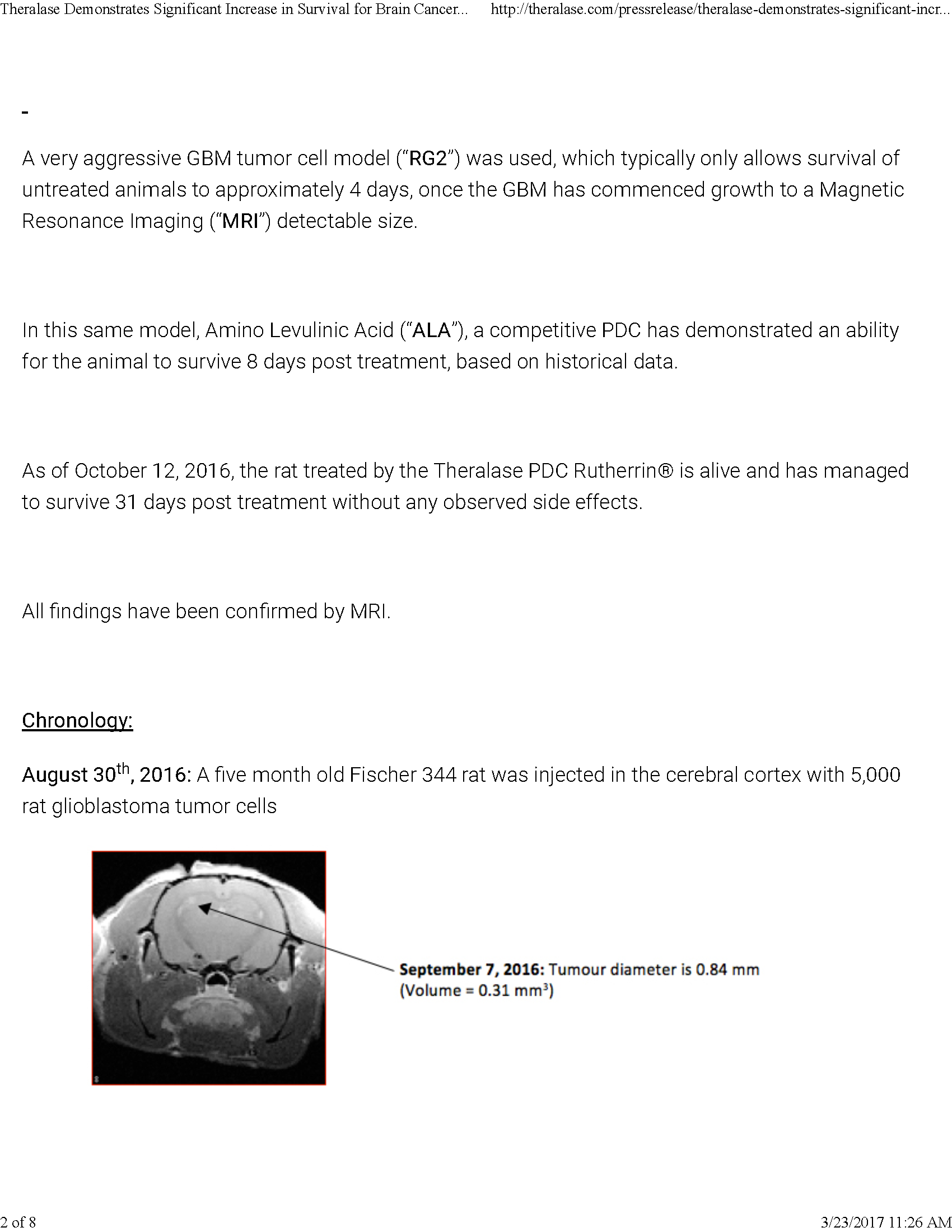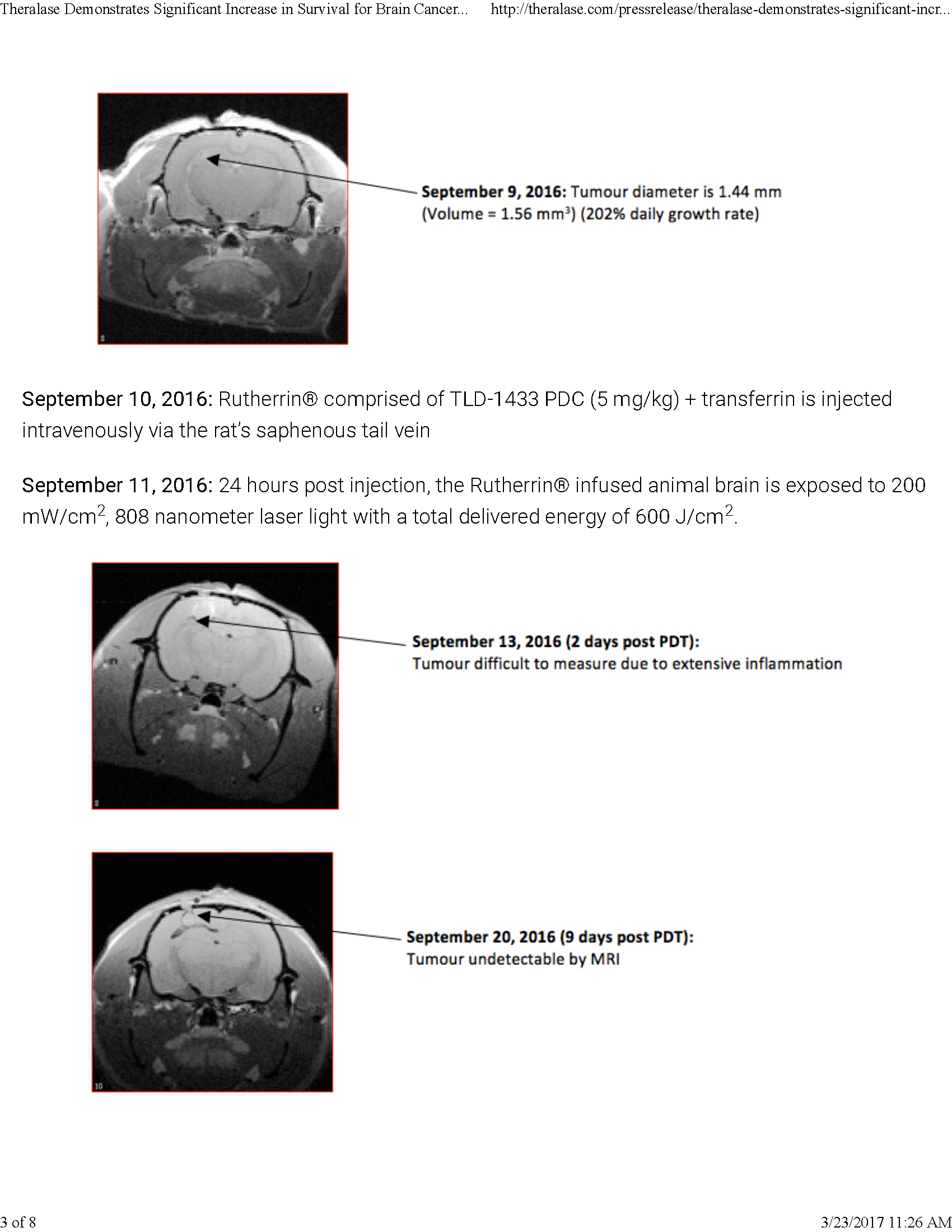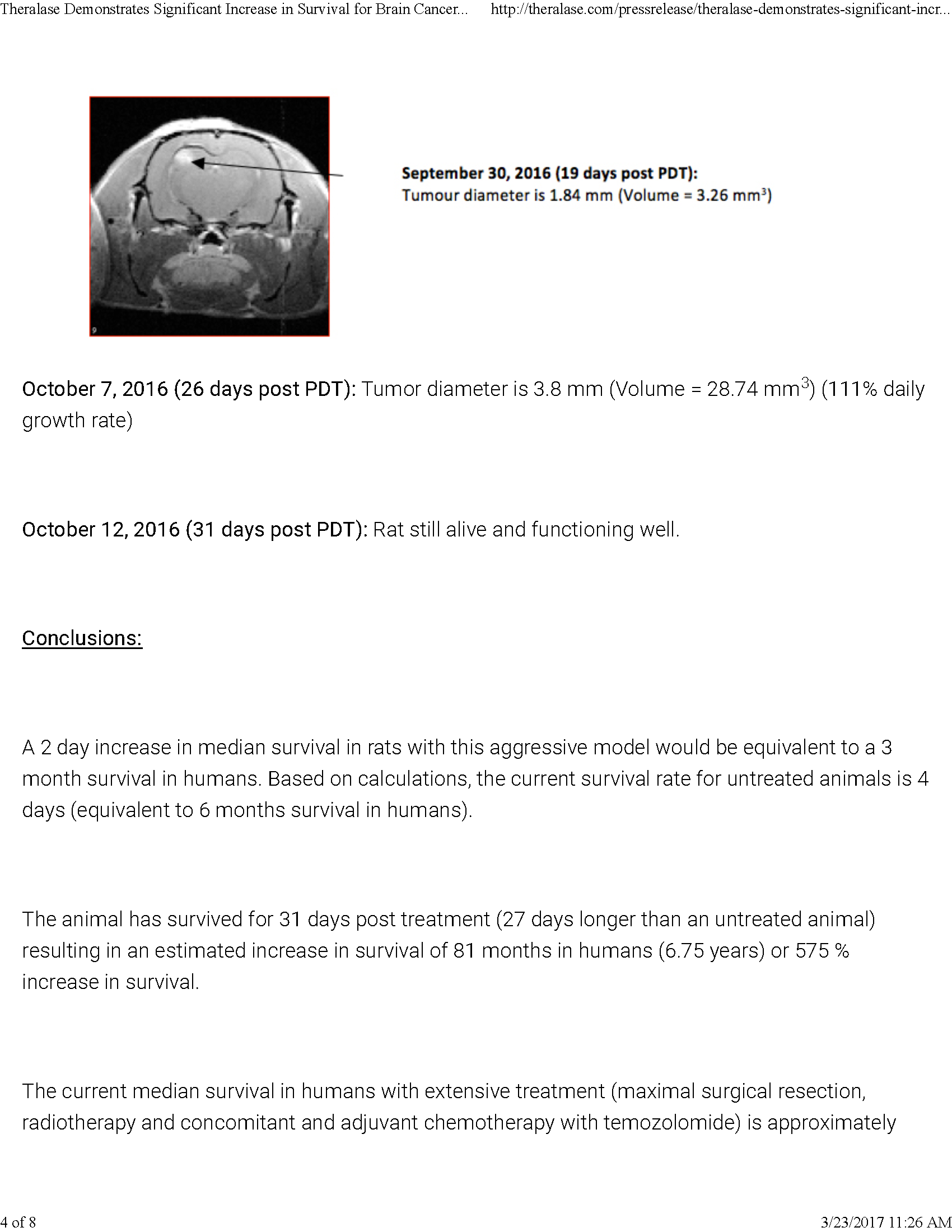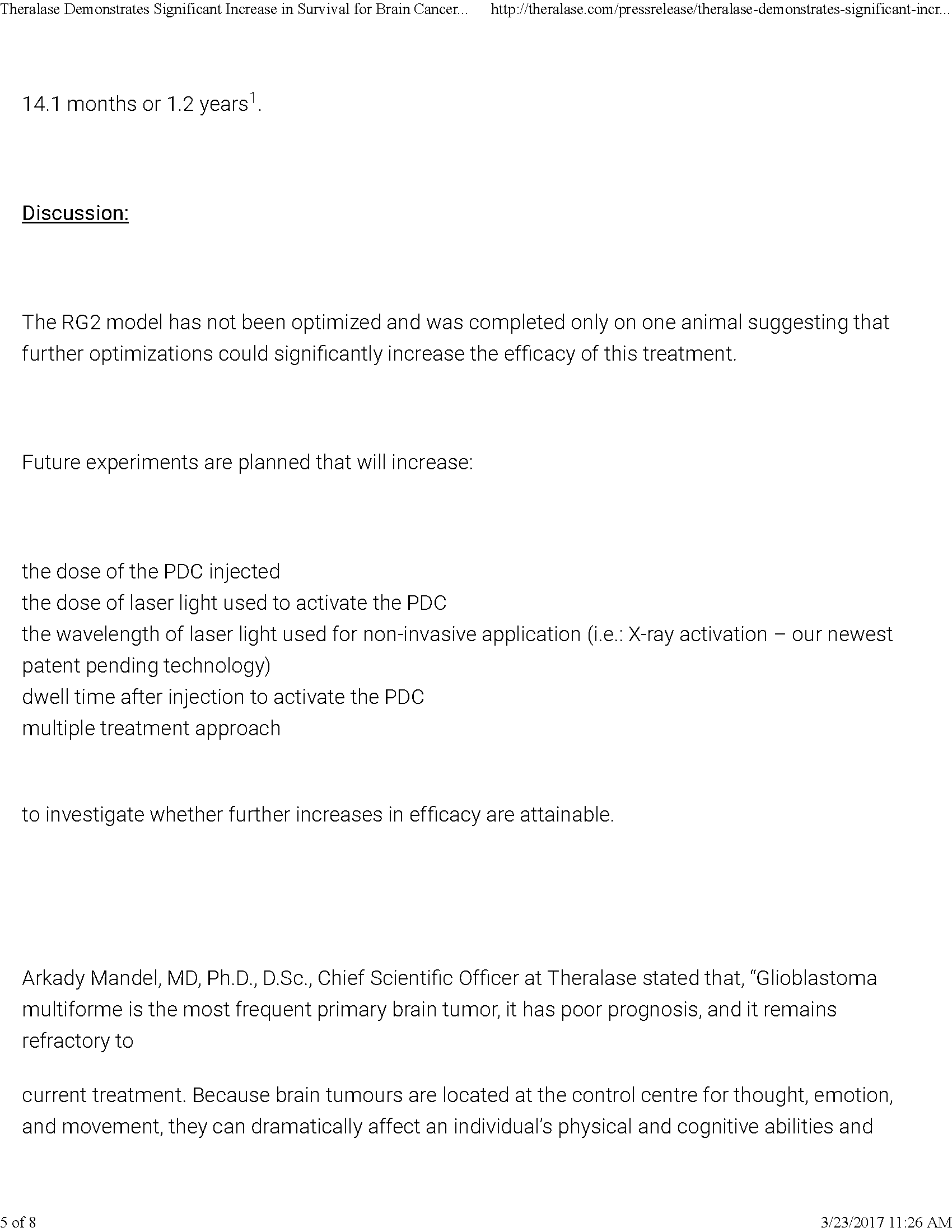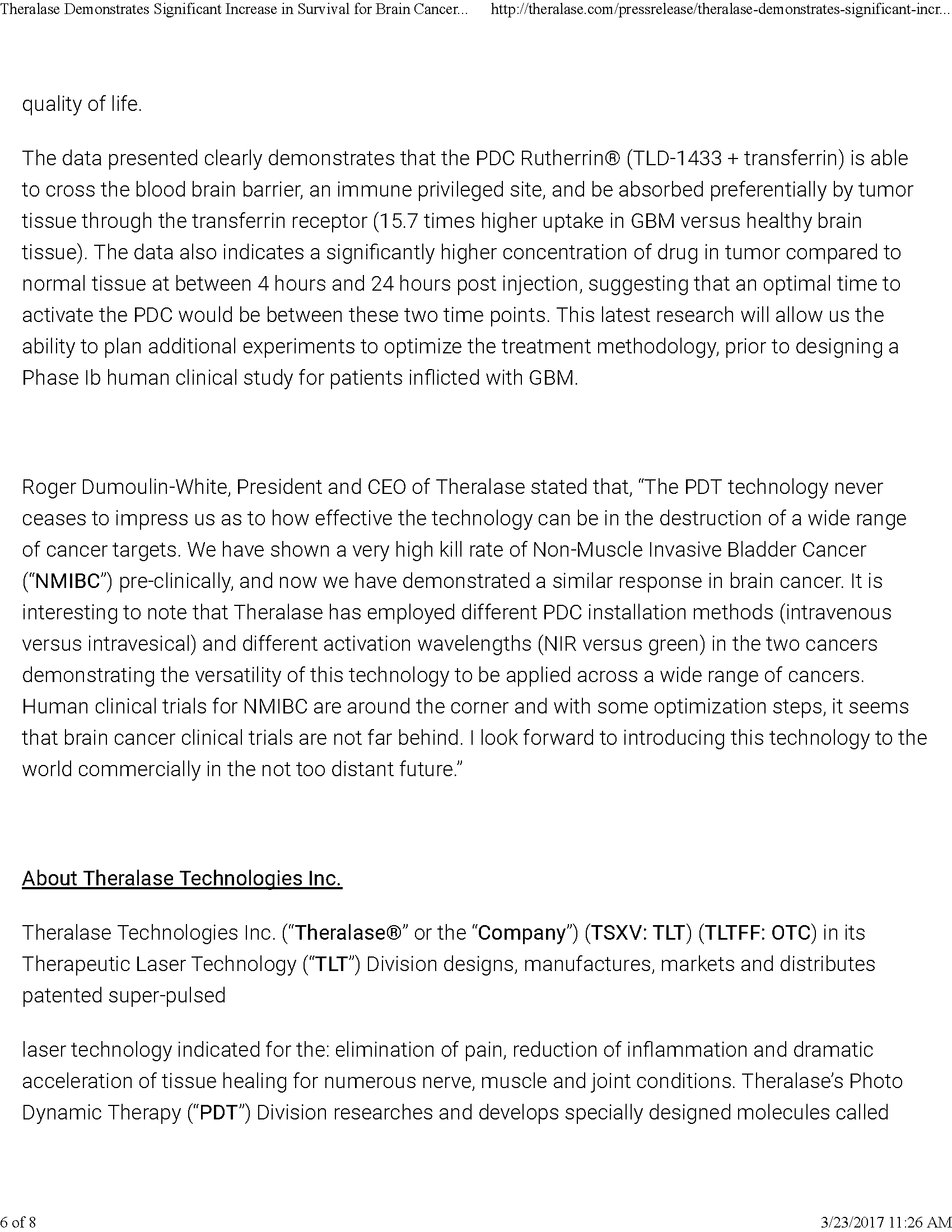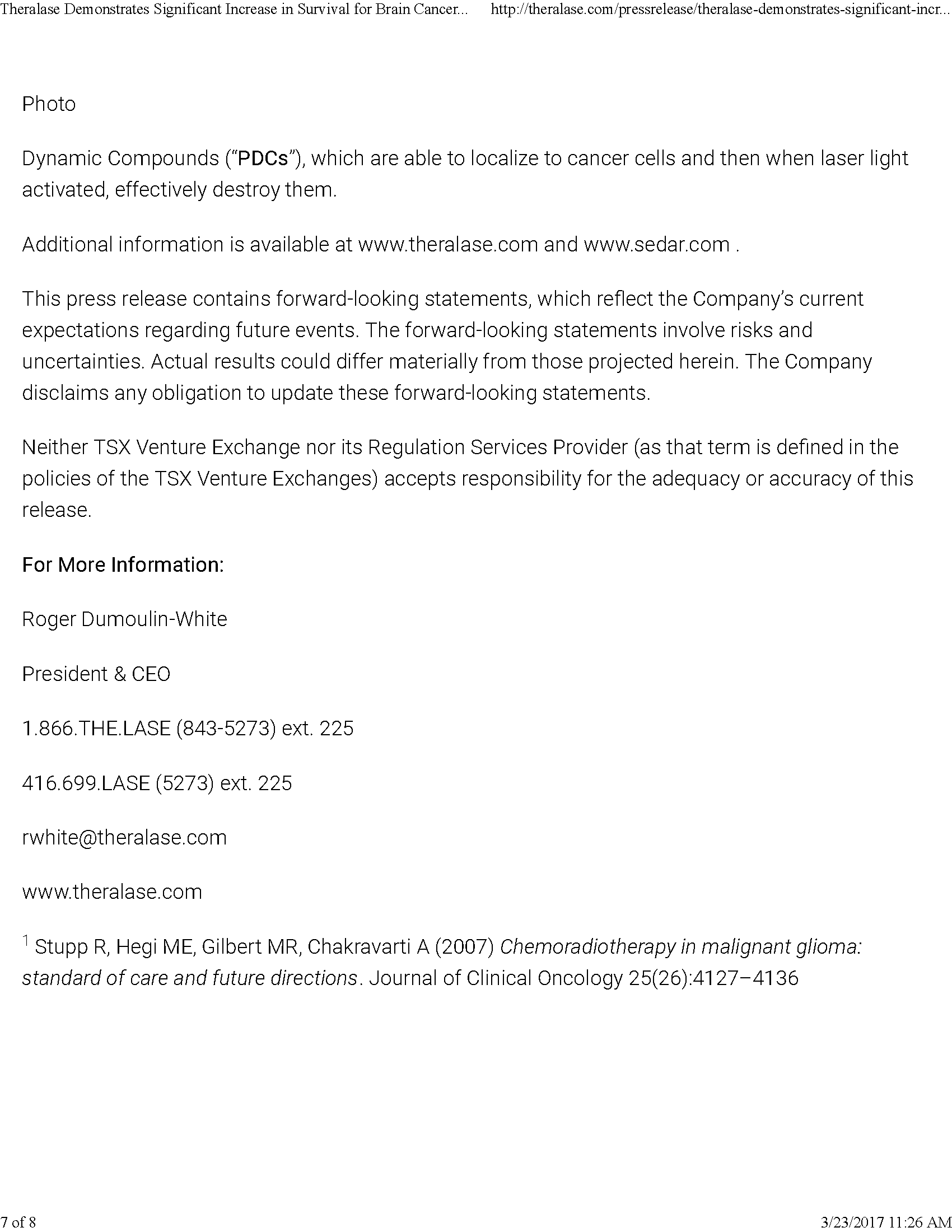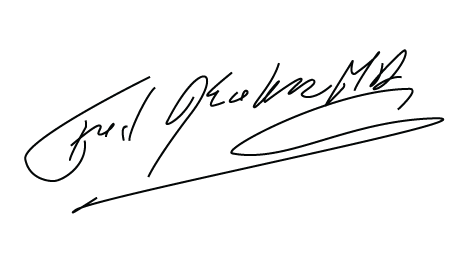Purpose of Article – to Demonstrate the Efficacy of Laser Therapy in the Treatment of Neurological Problems.
The case presented is that of a 62-year-old Firefighter. The patient began to experience unilateral sensorineural hearing loss in the left ear, along with vertigo and severe headaches in April, 2016. An MRI of the brain was performed a week later and revealed that a grade 2 ependymoma was present in the 4th ventricle. This was impinging on the dorsal medulla.
The patient was subjected to a craniotomy in order to remove the tumour on June 7, 2016, followed by a course of radiation therapy.
During his recovery, he developed paralysis of the left lateral rectus muscle leading to diplopia. In addition, he was experiencing a lack of balance, nystagmus, severe headaches, slurred speech, difficulty swallowing and fatigue.
Prism glasses were prescribed to alleviate the visual problem, but no improvement was noted. He was told to wait 18 months in the hope that the diplopia, etc. would improve. 15 months post-surgery, his symptoms persisted and some additional symptoms had developed. These included sleep disturbances, memory loss, irritability, depression, anxiety, loss of taste and tinnitus. He presented at the Meditech Rehabilitation Clinic on January 9, 2018.
Physical Examination:
The patient was noted to be right-handed. The right grip was 105 lbs. and the left was 100 lbs.
Range of motion of the cervical spine with regard to flexion, extension, lateral rotation and lateral flexion was 50% of normal.
There was a loss of the normal curvature of the cervical spine and moderate tenderness, C1-C6.
There was limited abduction of the left lateral rectus muscle with bilateral nystagmus on gazing to the left.
Initial Diagnosis: Post-Surgical Resection of Malignant Ependymoma
4th Ventricle with Multiple Neurological Sequelae.
TREATMENT AND PROGRESS:
The patient initiated treatment using Laser Therapy at the Meditech clinic on January 9, 2018. Initially, treatment was confined to the occiput, cervical and upper thoracic spine. Irradiation of the brainstem and cerebellum were included with the cervical treatments. Following 5 treatments of these areas over 5 days, treatments were extended to the cerebral hemispheres, initially targeting the occipital lobe. Over several additional days, treatment of the cranial hemispheres was extended to include the temporo-parietal and the frontal lobes. These targeted the motor, sensory and speech centres of the brain.
After 3 sessions of daily treatment at our clinic, including the cerebral hemispheres, the patient noted that his horizontal gaze was more balanced, and the diplopia from which he suffered was disappearing. After an additional week, there was marked improvement in the lateral abduction of his left eye and the double vision had disappeared. His energy levels were elevated and he was able to be more active physically. At this point, his caregiver had been trained to utilize the equipment preset for treatment at home and this is continuing.
RELEVANT DATA:
Ependymomas are a type of tumour of the glial cells (supporting cells of the brain) that starts in the ependyma. The ependyma lines the fluid-filled spaces in the ventricles (cavities) of the brain and the centre of the spinal cord. Ependymomas spread to the cerebrospinal fluid more often than other gliomas. They do not spread outside the brain or spinal cord. Based on the World Health Organization (WHO) grading system, ependymomas are classified as low to high grade (grades 1–3). Low-grade tumours (grade 1) are more common in the spine while grade 2 tumours are more common in the brain.
Symptoms depend on the tumor location. The most frequent symptoms include:
• Headache and intracranial pressure
• Nausea and/or vomiting
• Blurred vision
• Weakness or numbness and tingling
The cause is not known. It rarely occurs in multiple family members, although does occur in people with Neurofibromatosis type 21.
Treatment is usually based on the size of the tumour and the symptoms that occur. Surgery may be performed to remove all of the tumour or as much of the mass as possible. Low-grade tumours may not need further treatment if the entire tumour can be removed. Radiation therapy may be given after surgery for grade 1 and 2 tumours if the tumours can’t be completely removed. Radiation therapy is given after surgery for anaplastic tumours. It may also be used to treat tumours that return after treatment (called recurrent ependymomas) if radiation therapy was not given previously. It may be given to the entire brain and spinal cord if tests show that the cancer has spread through the cerebrospinal fluid2.
Brain surgery and the consequent radiation therapy following the procedure is a major medical event which carries numerous associated risks including an allergic reaction to anesthesia, intracranial bleeding, blood clots, edema, coma, impaired speech, vision, coordination, or balance, infection in the brain or at the wound site, memory problems, seizures and strokes. Aside from some of the side effects mentioned, our patient also sustained nerve damage of the abducens nerve (6th cranial nerve)3.
The sixth nerve leaves the brainstem at the pontomedullary junction and follows an upward and outward path. The long intracranial course of the abducens nerve makes it vulnerable to injuries, most often at the site of the dural entry point and at the petrous apex. Although traumatic palsy of the sixth nerve is usually seen in combination with intracranial hemorrhage, skull fracture, facial fracture or elevated intracranial pressure, it may occur in the absence of such lesions.
The appropriate management of posttraumatic or post-surgical isolated abducens nerve palsy remains a matter of debate. Spontaneous recovery from sixth nerve palsy usually occurs within 6 months, with improvement noted in most cases at 3 months4. Our patient remained symptomatic 15 months post-surgery.
Laser therapy has a favourable prognosis in the regeneration of peripheral nerves in both neurosensory and neuromotor deficits, such as trigeminal neuralgia, neuropathy, low back pain with sciatica, and herpes zoster. Application of laser produces both local and systemic effects that can stimulate the nerve regeneration process. Moreover, laser therapy improves the recovery of the injured peripheral nerve and decreases post-traumatic retrograde degeneration of the neurons in the corresponding segments of the spinal cord. Research studies have shown that Laser therapy increases the functional activity of the injured peripheral nerve, prevents or decreases degeneration in corresponding motor neurons of the spinal cord, and improves axonal growth and myelinisation.
Bernal previously found that Laser Therapy is an excellent complementary medium for the recovery of facial nerve paralysis and provides a painless therapeutic alternative without side effects that can be used on any type of patient, including those who cannot use corticosteroids, such as diabetics and hypertensive patients. In addition, Ladalardo et al. studied the effect of GaAs diode laser in patients with Bell’s palsy and used THE House-Brackman Facial Nerve Grading System (HBS) to assess the outcome. In that study, patients who received the treatment showed a functional improvement ranging between one and three grades on the HBS. One of the possible explanations of the laser effect is through an increase in the activity of enzymes involved in the mitochondrial respiratory chain, such as cytochrome C oxidase and adenosine triphosphatase (ATP), thereby leading to an increase in ATP production in mitochondria. In addition, it increases DNA synthesis as well as collagen and pro-collagen production. The anti-inflammatory effect of laser therapy can be caused by a reduction in the levels of pro-inflammatory cytokines, such as interleukin-1 alpha (IL-1α) and IL-1 beta (IL-1β) as well as an increase in the levels of anti-inflammatory growth factors and cytokines, such as basic fibroblast growth factor (bFGF), platelet-derived growth factor (PDGF), and transforming growth factor-beta (TGF-β). In addition, laser irradiation causes dilatation of blood vessels, which also leads to a reduction in swelling caused by inflammation. It may also have inhibitory effects on the release of prostaglandins, cytokine levels, and cyclooxygenase (Cox) 2, and has been shown to accelerate cell proliferation, collagen synthesis, and tissue repair. Laser Therapy may also have a direct effect on nerve structures, which could increase the speed of recovery of the conduction block or inhibit Aδ and C fiber transmission. Moreover, it was reported that
Laser Therapy significantly widens the arterial and capillary vessels, increases
microcirculation, activates angiogenesis and reduces edema caused by inflammation. It also stimulates the immunological process and nerve regeneration5.
Our experience in the treatment of this patient firmly establishes the positive effects of Laser Therapy. Based on current therapeutic methods, this approach is superior to those being utilized and can therefore be termed the treatment of choice in the resolution of symptoms associated with these neurological conditions. Moreover, application is safe and does not have any of the potential adverse effects of steroids, botulinum toxin injections and unquestionably accelerates the resolution of post-surgical sequelae.
References:
1. http://www.cancer.ca/en/cancer-information/cancer-type/brain-spinal/brain-and-spinal-tumours/ependymoma/?region=on
2. http://www.cern-foundation.org/education/ependymoma-basics
3. https://www.healthline.com/health/brain-surgery#followup
4. Asproudis I, Vourda E, Zafeiropoulos P, Katsanos A, and Tzoufi M. Isolated abducens nerve palsy after closed head injury in a child. Oman J Ophthalmol. 2015 Sep-Dec; 8(3): 179–180.
5. Salaheldien M, Alayat M, Elsodany AM, Abdel Raouf El Fiky A. Efficacy of high and low level laser therapy in the treatment of Bell’s palsy: A randomized double blind placebo controlled trial. Lasers Med Sci (2014) 29:335–342

